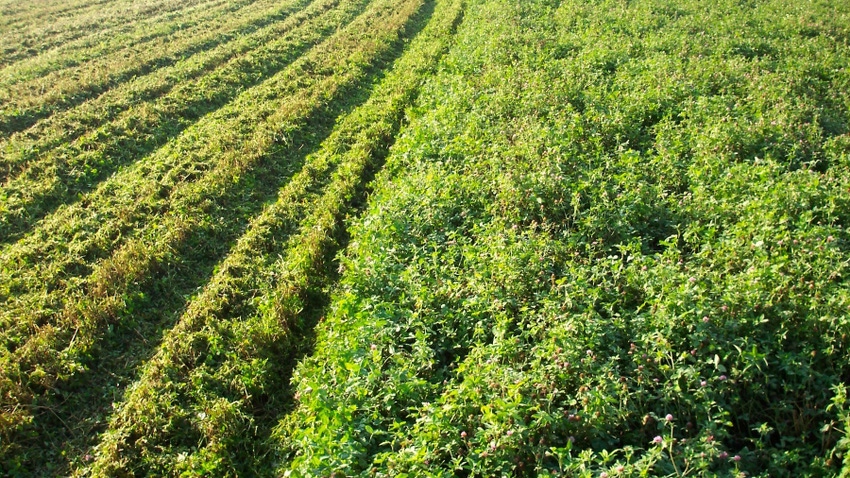August 22, 2023

by Becky Brathal
The end of the crop season is in sight, and we are all tired. Over here at Extension, we have been collecting data and doing our “head analyzing” (before writing it down) to prepare for next year already. If you planted cover crops last fall and planted corn after them this spring, are you thinking about doing that again?
For many, there was a stark difference in how things looked this spring. As many feared, it appears cover crops, especially in fields planted green, took up precious moisture during a very dry June. In a wet year, cover crops are lauded for taking excess moisture, but in a dry spring like this one, cover crop farmers may have had a hard time looking at their fields. However, with many areas receiving much-needed rains in July and August, a lot of fields have caught up.
If this was your first time planting cover crops, I caution you to not write off cover crop use after one year. Don’t let the spring of 2023 color your vision for the fall. After planting, we may be more vigilant and more likely to notice differences in the field. How do things look now? An inch or 2 of difference in growth is easier to see in the spring versus the fall. And this year, some of the fields we thought would be disasters after a slow start due to cover crop competition now look like some of the better stands in the area.
Every year, good farmers must ask themselves how the year went and how they can improve the operation next year. If you are new to cover crops, why did you try them? If you have been using them, why do you continue? What are your goals with cover crops? The spring may not have looked very promising, but as harvest is upon us, is the outcome closer to your targets?
Organic matter
It’s important to remember the delayed benefits of cover crops through nutrient cycling, which may be why many struggling cover crop fields seemed to catch up to fields that were bare last fall. Research by the USDA Natural Resources Conservation Service has consistently shown that decomposition of cover crop or green manure biomass provides a slow release of nutrients to the root zone. And beyond that, the roots of the cover crops are still there adding to organic matter, which has longer-term benefits into the next season.
In short, no one is arguing that this year was a tough one for cover-cropped fields. But don’t let your early analysis color your entire evaluation of field performance once the chopper or the combine comes through. As in most of the farming practices related to soil health, cover crops are another tool in the toolbox to help us make decisions that benefit the soil, the farm and the farmer. But soil health is a long-term goal with slow growth.
There is more than meets the over-vigilant eye of spring. As fall progresses and plans form for next year, remember to take the entire season’s performance into account.
Brathal is a regional crops educator with the University of Wisconsin Extension in Pierce, St. Croix, Polk and Barron counties. She farms with her husband and in-laws in St. Croix County.
Read more about:
DroughtYou May Also Like




